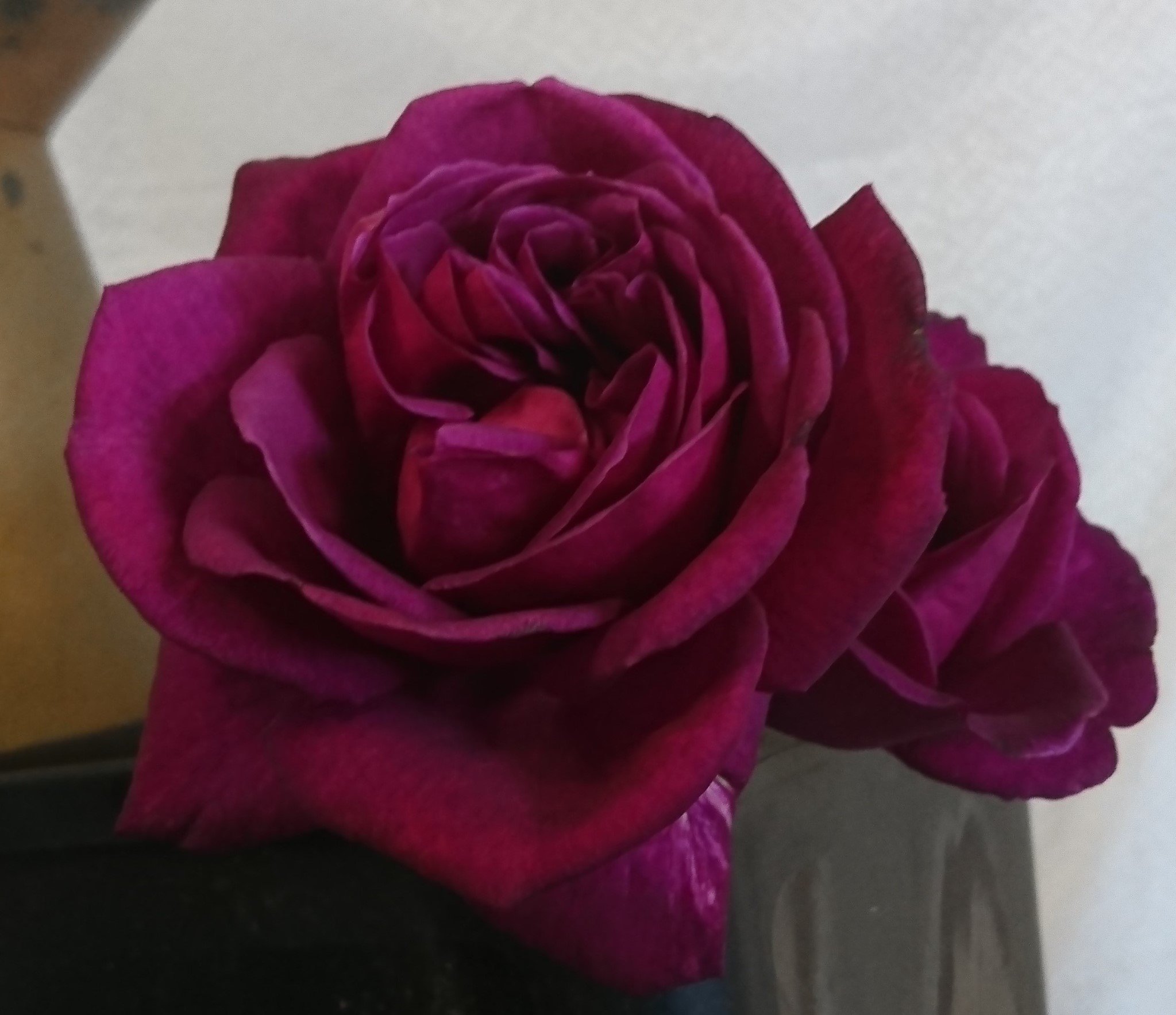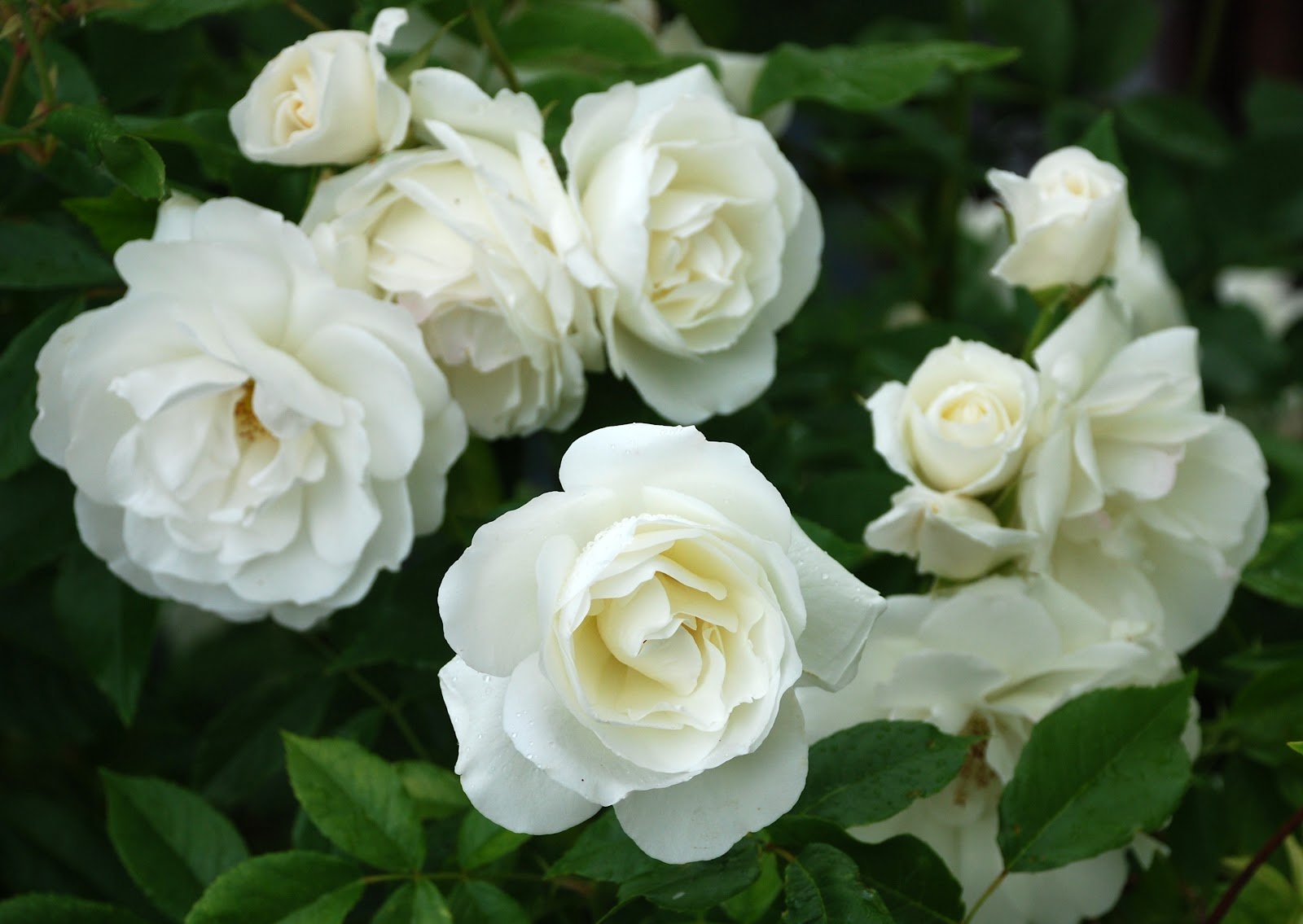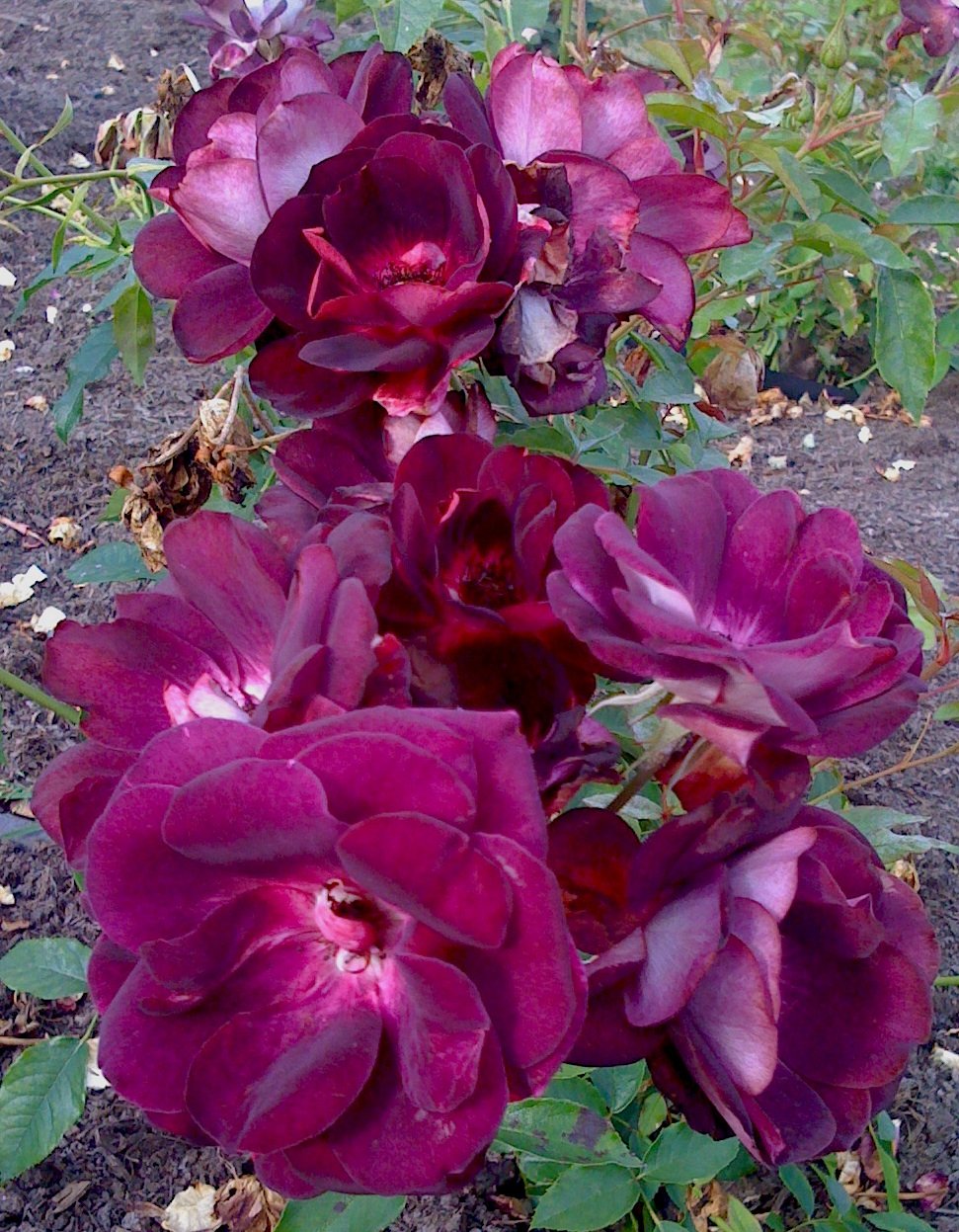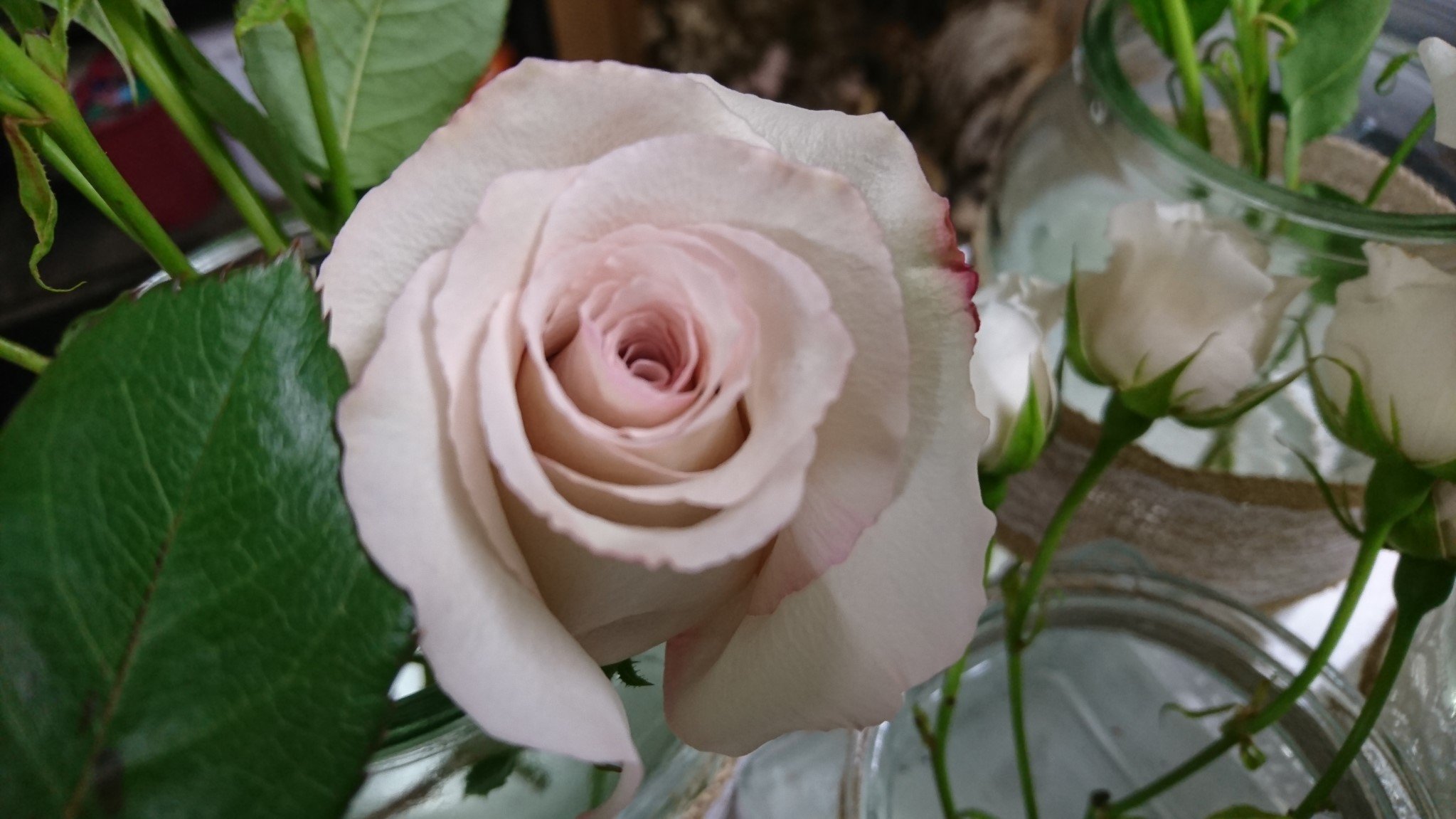Blackberry Nip Rose
Blackberry Nip Rose
Written by: Chrys Stevenson, BA (Hons I)
Known as a ‘showstopper’, one of our most strikingly beautiful, unusual and popular roses is Blackberry Nip.
This stunning hybrid tea rose was bred by Rob Somerfield of Glenavon Roses Ltd in New Zealand in 1996, but didn’t reach Australian shores until 2008. A hybrid of ‘Deep Secret’ and ’Old Port’, Blackberry Nip was Somerfield’s first commercially-released rose. According to Somerfield, the flower takes its name from an old fashioned liqueur, very appropriate given its ‘alcoholic’ lineage!
Now a hugely successful rose-breeder, Somerfield attributes his success, in part, to Blackberry Nip. Click here to see link
“If I hadn’t had Blackberry Nip and then had a follow up [Kaimai Sunset] that was also accepted well I may not have made it. It’s almost unheard of that a breeder’s first rose is a big success.”
Ranging in colour from magenta to deep purple, Blackberry Nip is prized, not only for its colour, but for the heavy, ‘old-fashioned’ fragrance of the roses you remember from grandma’s garden. Blackberry Nip’s strongly scented petals make wonderful potpourri. With a fragrance rating at the top of the scale, Blackberry Nip won the award for most fragrant rose at the Auckland Rose of the Year in 1999 and the Silver Star of the South Pacific National Rose Trial grounds in Palmerston North in 1998 – the highest award for a [then] amateur breeder.
The gorgeous colour of the flowers is complimented by Blackberry Nip’s unusual silvery-grey leaves and stems. With roses usually growing as single blooms on long stems, Blackberry Nip is a perfect choice for those wanting to buy or grow cut flowers.
Blackberry Nip also comes as a climbing variety. At the NZ Rose of the Year in 2013, Somerfield won best climber and most fragrant for Climbing Blackberry Nip, a sport of Blackberry Nip. The flowers of the climber are slightly larger than the bush rose but still develop on long stems which grow vigorously.
The Blackberry Nip bush does have thorns, but particularly easy to remove. Rob Somerfield insists the most important aspect of a rose is good health, so it follows that Blackberry Nip is very resistant to disease.
Eumundi Roses consider this rose to one of several they consider to be very hardy roses for Queensland conditions; certainly one of the easiest for novice gardeners wanting to enjoy the beauty of growing roses for themselves.
On average, the blooms of Blackberry Nip are about 110mm in diameter, with 35-40 petals, holding well as a cut flower or long-lasting bloom whose colour holds well and deepens as the flower ages. You can expect it to flower profusely and repeatedly throughout the season. The bush grows to about 1.5m x 1m and can be grown in a large pot.
Blackberry Nip is one of our favourite flowers, and, whether you’re buying flowers for a bouquet or a plant to grow at home, we think you’ll love it too.
Chrys Stevenson, BA (Hons I)
Freelance writer, blogger, researcher, presenter

Breeding a new Rose : Rose Sports
Rose Sports – Alien Shape-Shifters in Your Garden
by Chrys Stevenson, BA (Hons I)
You don’t have to watch Transformers or Dr Who to see strange mutants or shape-shifters; just look at your rose garden and, in time, you’ll notice that sometimes, roses spontaneously change their DNA and put out ‘alien’ stems, known as sports.
Sports are the result of a genetic mutation which may result in blooms of a different type or colour, flowers with a different blooming pattern to the host plant, or even long stems that, once propagated, form a climbing variety of a standard rose bush. Sometimes the differences are subtle, sometimes more dramatic. Rosearians take advantage of stable sports to produce new varieties of rose. The Climbing Iceberg and the Climbing Blackberry Nip are just two examples of roses which began as sports (genetically different stems growing from a host plant.)
Sometimes, sports are unstable. After surprising you for a season or two, they revert back to the characteristics of the host plant. That explains why that pink or burgundy Climbing Iceberg rose you bought may still produce the odd white flower – or even clusters of white blooms.
David Austin’s beautiful white ’Winchester Cathedral’ and soft pink ‘Redoute’ are stable sports of the original ‘Mary Rose’ which is dark pink.
Striped roses are often the result of sports but, beware, they aren’t always stable, and they may revert to a single colour. Don’t be disappointed! It’s all part of the excitement and uncertainty of growing roses.
It can be hard to identify whether an odd looking rose on your bush is the result of a sport or some other factor. Some blooms naturally fade as they get older, sometimes the ‘rogue’ flower is not from a sport, but a result of the root stock putting out stems. But, if it’s a rose you like, you can try propagating it and you might find you’ve transformed too – into a rose breeder! You could be the next David Austin. *
Further references:
Click here to see link


Chrys Stevenson, BA (Hons I)
Freelance writer, blogger, researcher, presenter
https://www.gardeningknowhow.com/garden-how-to/info/plant-sport-mutations.htm
The Colour of Roses
by Chrys Stevenson, BA (Hons I)
One of the best things about roses is the myriad of colours and shades available. Brides, in particular, love to match the colour of the flowers with their bridesmaid’s dresses. And, it’s exciting when you find what seems an exact match, but, so disappointing when the bouquets arrive and the colour is not exactly what you expected.
Perhaps you’ve fallen in love with a beautiful blush pink or orange rose and ordered that variety to plant in your own garden. We understand it’s a bit of a shock when, after all your hard work planting and tending your new rose bush, the flowers are a different shade or hue than you expected.
Of course, we try very hard to deliver exactly what our clients want. But our roses aren’t made of silk that you can dye to a specific colour. They’re living, breathing, changeable plants and their shape and colour can be affected by a number of environmental factors beyond our control.
Let’s get sciencey for a moment. A plant’s flower colour is determined by a number of pigments: anthocyanidin, chlorophyll, flavanols, flavonoids and carotenoids. Flower colour and intensity is determined by a complex interaction between some or all of these pigments, their interaction with ultraviolet light, and genetic and environmental factors which affect how, and in what combination these pigments are taken up into the petals. As plant genetics can change spontaneously, and environmental factors can’t be controlled precisely, it is natural that shades and even colours may vary and change.
Temperature, the amount of light, nutrition, stress and disease can all affect the colour of flowers. Colours may also appear to be different shades in different lights. Different people also perceive colours differently – what you see as blue, someone else may see as green. Colour simply isn’t an exact science.
One of the reasons we have so many beautiful varieties of roses is because they are subject to spontaneous genetic variation. Rosearian, David Austin, has happened upon several beautiful new varieties of rose this way. A rose stem or perhaps the whole bush may spontaneously ‘sport’ to a different colour, or sometimes produce a completely new type of rose! In fact, some rose growers have turned ‘sporting’ into a sport and derive great pleasure from watching their roses change. Donna Mack at ‘Dave’s Garden’ has written an excellent article on this subject. Click here to see link
Sometimes roses that have been hybridised to be a different type or colour will revert to the colour and variety of the parent plant. Sometimes roses are grafted. If the graft dies or is weak, the original rootstock can take over, resulting in a completely different rose to the one you bought. This can happen, particularly, if the graft union isn’t planted below the soil.
While we can’t guarantee the colour of the flowers in your bouquet will be the exact colour you chose, we can work with you to ensure you’re not disappointed. Realising that the colour of roses can be unstable, we suggest using a mix of shades or colours in your bouquets. We may not be able to match the exact shade of your bridesmaids’ gowns, but a variety of roses in various shades will look beautiful, interesting and avoid the flowers clashing with the fabric.
And, if you’re growing roses and the results aren’t quite what you expected – welcome to our world! Surprises, variations and sometimes, disappointments are all part of being a rose enthusiast.
Chrys Stevenson, BA (Hons I)
Freelance writer, blogger, researcher, presenter

